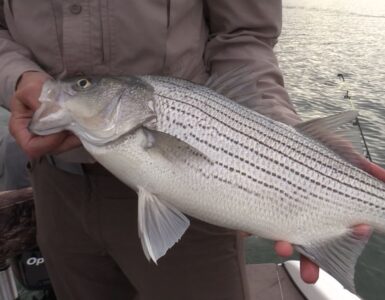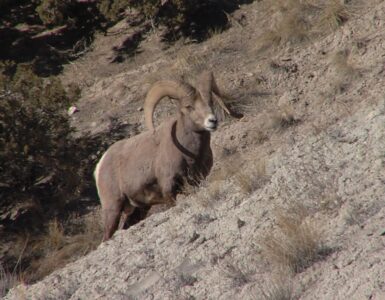Native to Europe and western Asia. The brown trout was first imported to the United States from Germany in 1883. Since then, the species has been stocked in virtually every state, including Utah, where it is now one of the most popular sport fish in the state.
Brown trout are more piscivorous, meaning they love to eat other fish, than many other trout species. In addition to fishes, brown trout also consume amphibians, rodents, and invertebrates. Because of their piscivorous nature, brown trout can often have a detrimental effect on populations of both native fishes and nonnative sport fishes.
In the fall, female brown trout dig areas (called redds) in the gravel substrate of stream riffles. The Male and female fish then pass over a redd, laying and fertilizing nearly 2000 eggs. The eggs, which hatch in one to two months, are then covered with gravel. Anglers are encouraged to stay off the redds, so they do not disturb the young.
Brown trout are a hardy trout species that can thrive in warmer waters and endure marginal water qualities better than other trout species.
These trout often grow to considerable size, the Utah record Brown Trout was caught in 1977 at Flaming Gorge Reservoir, was 33 lbs. 10 oz. For more information on the brown trout or any other critter found in Utah, check out our DWR field guide on our Outdoors section at KSL.com.







Add comment